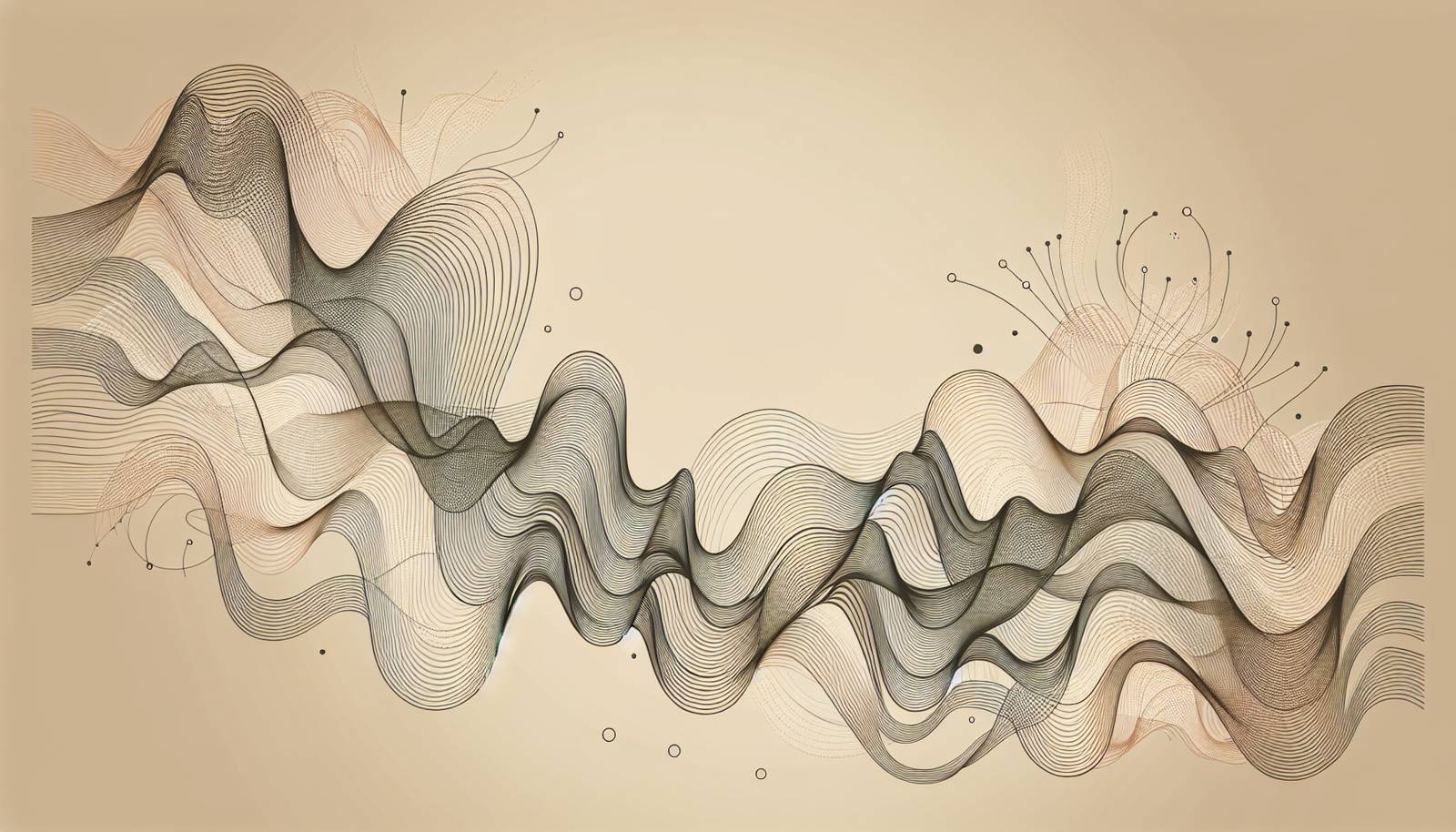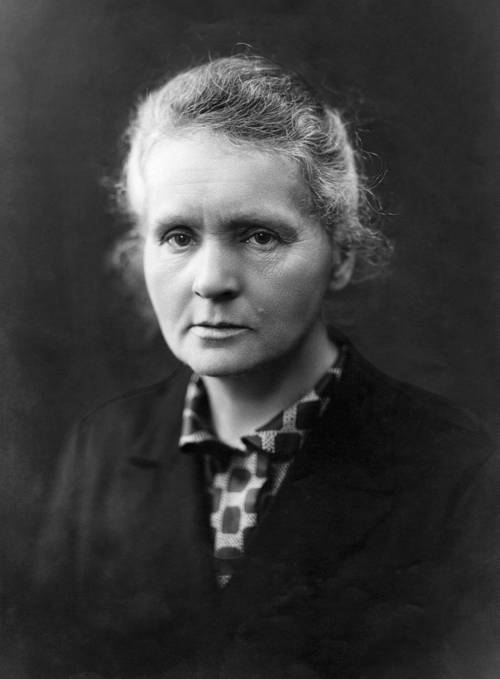
FAQ About Marie Curie

Who was Marie Curie?
Marie Curie was a Polish-born physicist and chemist who conducted groundbreaking research on radioactivity. She was the first woman to win a Nobel Prize and is renowned for her discovery of the elements polonium and radium. Curie's work laid the foundation for significant advancements in both physics and medicine.

What are Marie Curie's most significant achievements?
Marie Curie's most significant achievements include the discovery of the elements polonium and radium, her development of the theory of radioactivity, and her pioneering work in medical applications of radiation. Notably, she was the first person to receive two Nobel Prizes: one in Physics in 1903 and another in Chemistry in 1911.

What Nobel Prizes did Marie Curie win and when?
Marie Curie won the Nobel Prize in Physics in 1903, which she shared with her husband Pierre Curie and Henri Becquerel for their collective work on radioactivity. In 1911, she received the Nobel Prize in Chemistry for her discoveries of radium and polonium, making her the first person to win Nobel Prizes in two different scientific fields.

Why is Marie Curie's research on radioactivity important?
Marie Curie's research on radioactivity was crucial as it provided a new understanding of atomic structure and led to the development of x-ray technology and cancer treatments using radium. Her work laid the groundwork for the field of nuclear physics and had significant implications for medical and industrial applications.

What is radioactivity and how did Marie Curie contribute to this field?
Radioactivity is the process by which unstable atomic nuclei lose energy by emitting radiation. Marie Curie's contributions to this field include her methods for isolating radioactive isotopes and her discovery of the elements polonium and radium, which helped advance our understanding of atomic physics.

How did Marie Curie discover radium and polonium?
Marie Curie discovered radium and polonium while investigating the radioactivity of uranium ores. Through meticulous research and experimentation, she was able to isolate these elements from pitchblende, a uranium-rich mineral, leveraging the distinct radioactive properties they emitted.

What challenges did Marie Curie face during her career?
Marie Curie faced numerous challenges including gender bias in a male-dominated scientific community, personal health risks due to prolonged exposure to radiation, and struggles to secure funding for her research. Despite these obstacles, she persevered and made significant scientific contributions.

Where did Marie Curie conduct her research?
Marie Curie conducted her research primarily at the University of Paris, where she and her husband Pierre Curie set up a laboratory. Later, she continued her work at the Radium Institute in Paris, which was established in part due to her influence and contributions to the field of radioactivity.

How did Marie Curie's discoveries impact medicine?
Marie Curie's discoveries had a profound impact on medicine, particularly in the development of radiotherapy for treating cancer. Radium, which she discovered, was used extensively in early cancer treatments, and her pioneering work paved the way for modern medical imaging technologies such as x-rays.

What personal sacrifices did Marie Curie make for her work?
Marie Curie made significant personal sacrifices including enduring health issues from radiation exposure, the death of her husband Pierre, and balancing roles in a challenging professional environment while being a single mother. Her dedication to science often came at the cost of her well-being and personal life.

What was Marie Curie's early life like?
Marie Curie was born Maria Skłodowska in Warsaw, Poland, in 1867. She came from a family of educators but faced financial hardships after her mother's death. Despite these challenges, she excelled academically and eventually moved to Paris to study at the Sorbonne where she began her scientific career.

What was the role of Pierre Curie in Marie Curie's life and work?
Pierre Curie, Marie's husband, played a critical role in her life and work. He was her collaborator in the study of radioactivity, and together they shared the Nobel Prize in Physics in 1903. His support and partnership were crucial to Marie's scientific achievements and research progress.

What legacy did Marie Curie leave behind?
Marie Curie's legacy is immense, including her foundational discoveries in radioactivity, the establishment of radium treatment for cancer, and her inspiration for women in science. Her name lives on in numerous scientific awards, institutions, and even an element on the periodic table—curium.

Is it true that Marie Curie was the first woman to win a Nobel Prize?
Yes, it is true. Marie Curie was the first woman to win a Nobel Prize. She received the Nobel Prize in Physics in 1903 for her work on radioactivity. Furthermore, she became the first person to win Nobel Prizes in two different scientific fields with her Chemistry award in 1911.

How did Marie Curie's work influence future generations of scientists?
Marie Curie's work influenced future generations by demonstrating the importance of persistent scientific inquiry and opening new fields of research in nuclear physics and radiotherapy. Her achievements set a precedent for women in science and continue to inspire advancements in medical and physical sciences.

Did Marie Curie face any health issues due to her research?
Yes, Marie Curie faced significant health issues due to her prolonged exposure to high levels of radiation, which were not well understood at the time. This exposure likely contributed to her death from aplastic anemia in 1934, a condition associated with bone marrow damage.

What awards did Marie Curie receive besides the Nobel Prizes?
Apart from her two Nobel Prizes, Marie Curie received numerous other accolades, including honorary degrees from universities worldwide, membership in the French Academy of Medicine, and the Davy Medal from the Royal Society. Her work was widely recognized and celebrated in scientific communities.

How is Marie Curie's legacy honored today?
Marie Curie's legacy is honored through numerous institutions and awards bearing her name, such as the Curie Institute in Paris, which continues to be a leading center for medical research. The element curium was also named in her honor, reflecting her impact on science and society.

Did Marie Curie have any children who followed in her footsteps?
Yes, Marie Curie's daughter, Irène Joliot-Curie, followed in her footsteps, becoming a prominent scientist and winning the Nobel Prize in Chemistry in 1935 for her work on artificial radioactivity. This continuation of scientific excellence showcases the remarkable legacy of the Curie family.

What are some lesser-known facts about Marie Curie?
Some lesser-known facts about Marie Curie include her establishment of mobile radiography units during World War I, known as "Little Curies," which helped provide x-rays to wounded soldiers. She was also a music lover and dedicated her life not just to research but to educating future scientists.
